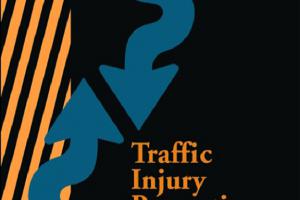Thailand Accident Research Center
ศูนย์วิจัยอุบัติเหตุแห่งประเทศไทย
Analysis of Rear-End Crash Potential and Driver Contributing Factors Based on Car-Following Driving Simulation
The purpose of the study was to investigate the factors affecting the car-following behavior, which could lead to rear-end crash potential. The safe distance in this study was when the traffic flow was in an asymptotic stability state. Traffic flow observation was conducted to observe how vehicle characteristics affecting car-following behavior. However, it was not possible to determine the driver characteristics and their driving habits using the traffic flow observation alone. Therefore, a driving simulation and questionnaires were used in combination to investigate how driving characteristics were associate with car-following behavior. From the two observation methods, several factors were found to significantly affect the rear-end crash potential including vehicle types, traveling lanes, the purposes of vehicle usage, age, income, the number of driving hours per week, stress, and anger or aggressive behavior. The traffic flow observation indicated that among the different types of vehicles, sedan/hatchback cars were more likely to be involved in rear-end crashes than others type of vehicles. Vehicles using the high-speed lane typically drove closer to each other and had a higher chance of rear-end collisions. The observation of driver characteristics showed that younger and high-income drivers were more likely to drive with less gap, resulting in higher possibilities of a rear-accident. Despite being in a normal emotional state, drivers with high frequency of stress, anger or aggression while driving had shorter headway distances and were more likely to cause rear-end collisions.


